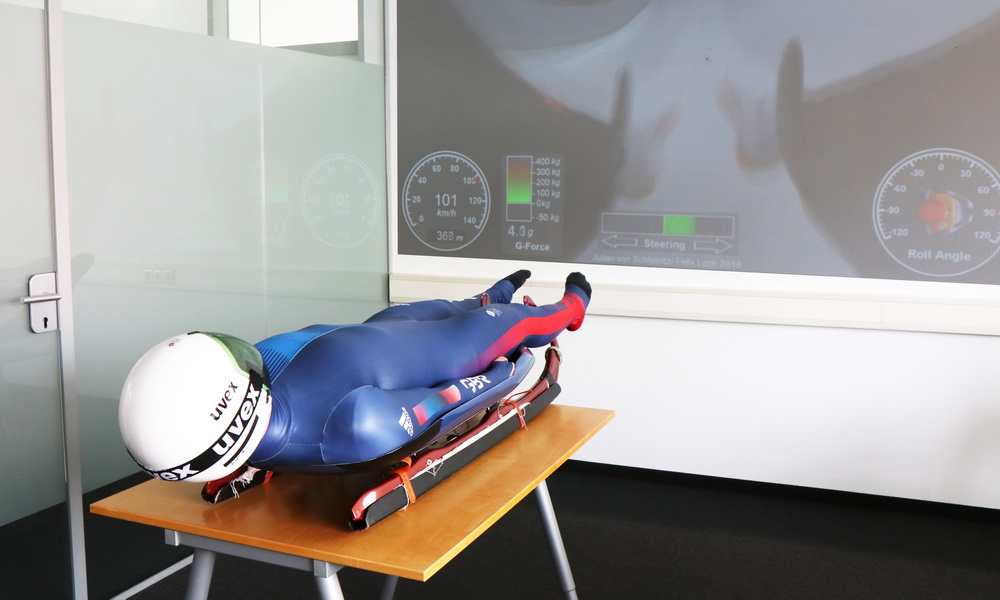Salzburg Research opened up the potential of telecom diagnostics data for fault diagnostics in the low-voltage grid for an electricity distribution grid operator: with the help of machine learning, the cause of approx. 70 percent of low-voltage grid faults can be automatically detected without additional hardware.
Challenge
The client operates around 5300 transformer stations throughout the supply area. The sooner a fault can be detected, the quicker the fault rectification can be initiated. Therefore, the electricity distribution network operator wanted to extend its fault diagnostics to the low-voltage network.
In the low-voltage networks of each transformer station of the client, there are telecom devices that can be used for fault diagnostics. However, it is unclear whether the available telecom network diagnostic data contain sufficient information to detect a fault in the low-voltage network.
Solution
Salzburg Research answered these questions for the distribution network operator using machine learning. Based on the information of the existing telecom fault, it is automatically detected whether it is a telecom fault or a fault in the distribution grid. The decision is based on the power grid topology, the telecom topology and the current medium/high-voltage grid and telecom faults. The result is the cause probability for a low-voltage grid disturbance or a telecom disturbance.
Benefit
The analysis by Salzburg Research showed that automatic detection based on telecom diagnostic data is possible for about 70 percent of low-voltage network faults. By making telecom diagnostic data usable, low-voltage grid faults can be detected live without additional investments in hardware. As a result, troubleshooting can be started earlier and the time of supply interruption can be reduced.
Mehr Information:





















